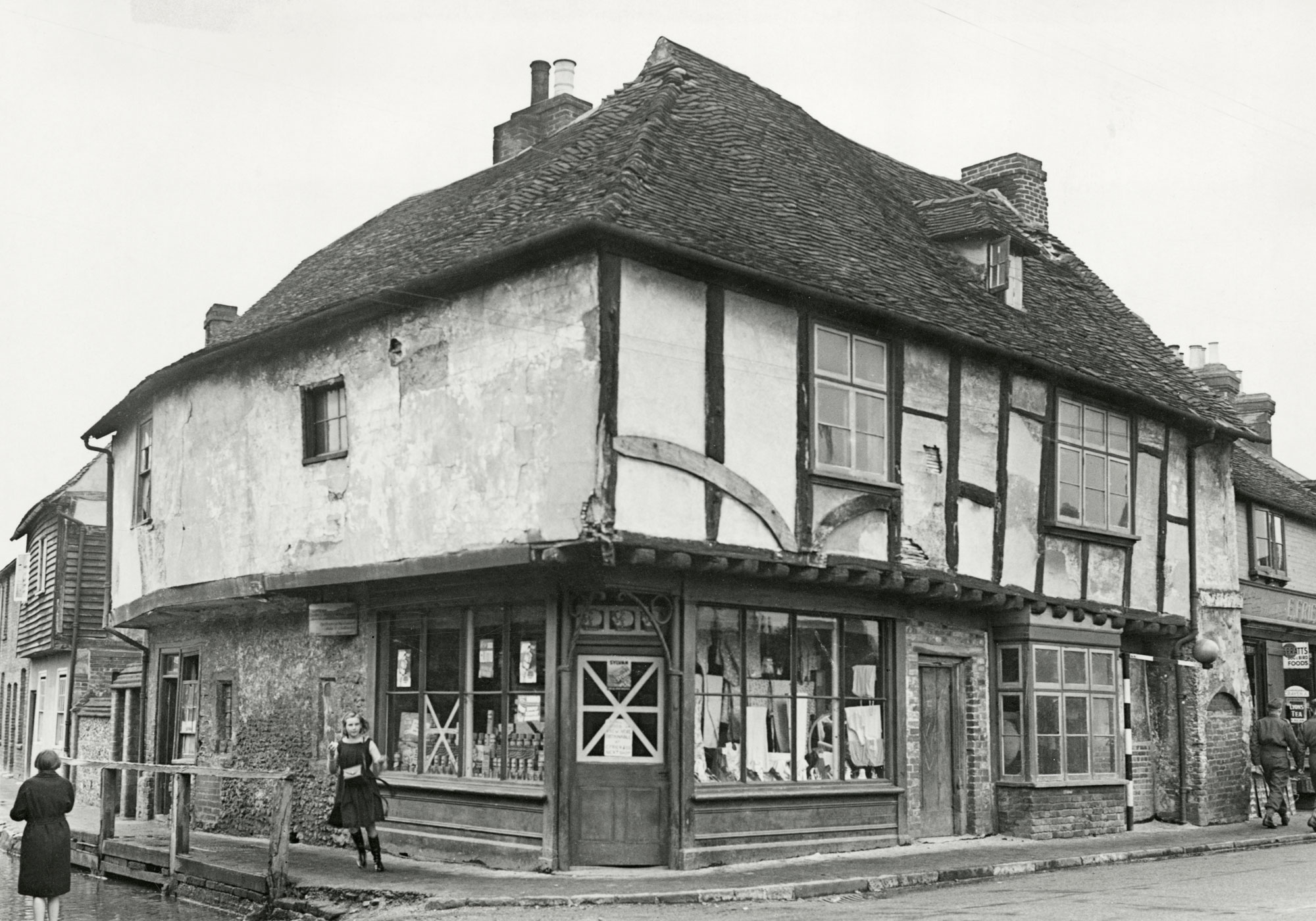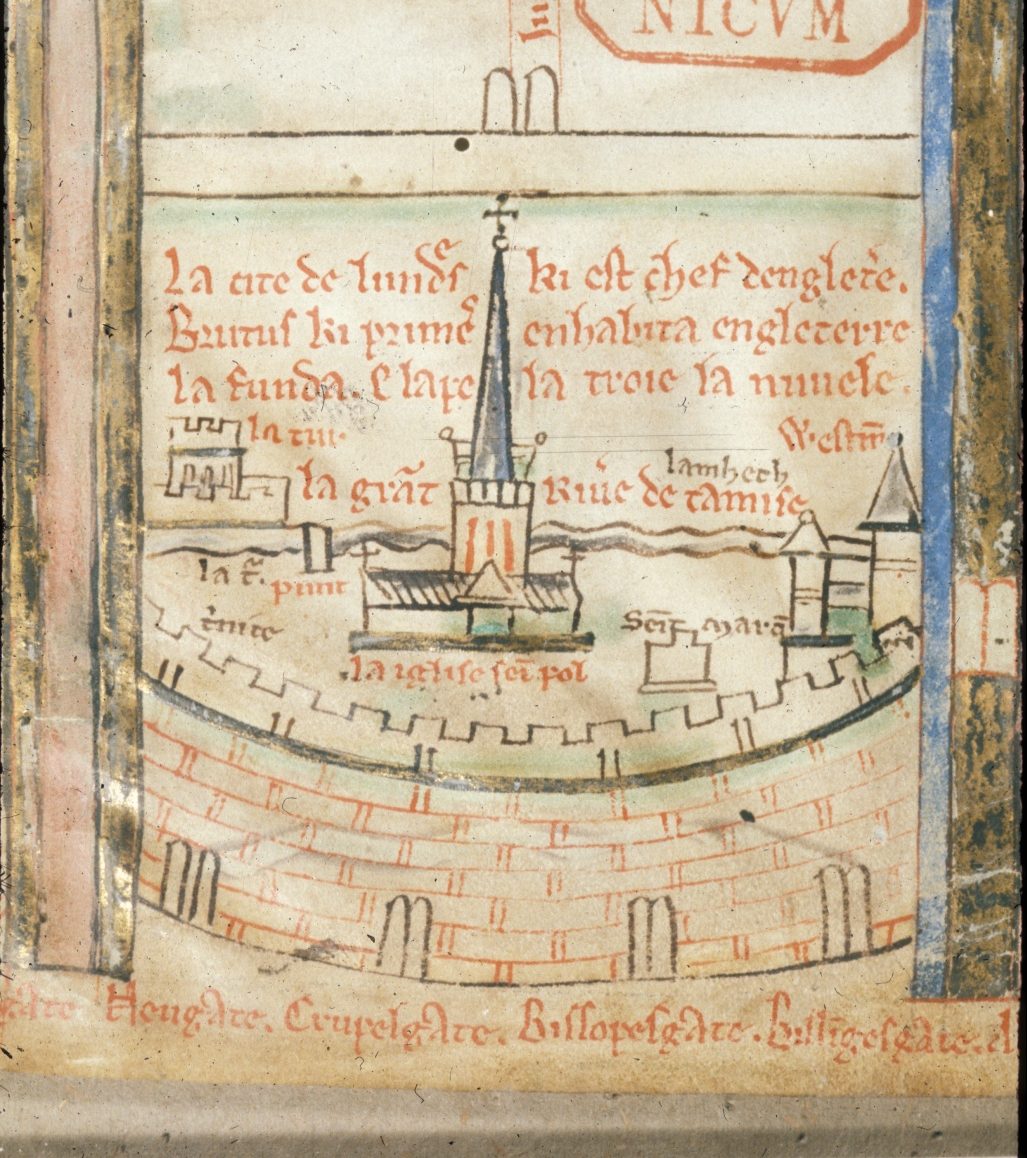Maison Dieu (‘House of God’) is one of a handful of remarkable survivals which stand at the beginning of our story of deaf and disabled people through history.
Once a large monastery and hospital complex, the flint and timber framed building is all that now remains.
It was founded by Henry III in 1235, and was on the main route from London to Canterbury, where pilgrims including the poet Geoffrey Chaucer flocked to the shrine of Thomas Becket. Maison Dieu’s story also includes rare hints about how some deaf and disabled people lived in the society of eight centuries ago.
Disability was a common part of medieval life. Some categories of disability are very familiar to us – deaf and blind people are often mentioned – whereas the prevalence of leprosy and its social consequences are now part of history.
Some, like a septuagenarian blind baker in Norwich, ran businesses. Others sought a place in one of the many medieval monasteries and hospitals which were an important part of the social structure of the period.
In 1235, the blind daughter of Andrew of Faversham was admitted to Maison Dieu to work as a ‘servant of God and sister of the hospital’
As our project progresses, it will be interesting to contrast the experience of a disabled person at Maison Dieu with people ‘put in an institution’ in other periods of history. On a busy pilgrimage route, it represented important aspects of the social and spiritual concerns of the age. Those who lived there would not necessarily have felt shut away from the world. For others it was a refuge at the end of life.
His sight much destroyed he can hardly hear and being in intolerable pain that makes him cry out…..
(petition for Osbourn Thomas, a labourer, to enter St John’s Hospital Canterbury)
The medieval equivalent to Boots?
The hospital may also have been used as a medieval equivalent of Boots, supplying herbal remedies to locals. Juliana of Wye opened a ‘schoppa’ selling ointments made out of milk and butter in the mid 13th century, although we don’t know if these were medicinal or cosmetic.
Maison Dieu ceased to be a religious house in the early 16th century – a few decades before the Reformation which saw many similar institutions closed, with the initial result of poor and sick people lying in the streets.
the miserable people lyeing in the streete, offending every clene person passing by the way.
petition to King Henry VIII, 1538
A few medieval hospitals in the Canterbury area have astonishingly retained a tradition of support in the community for over a millennia. St Nicholas, a leper hospital built in 1084 is now used for residential and social housing.













